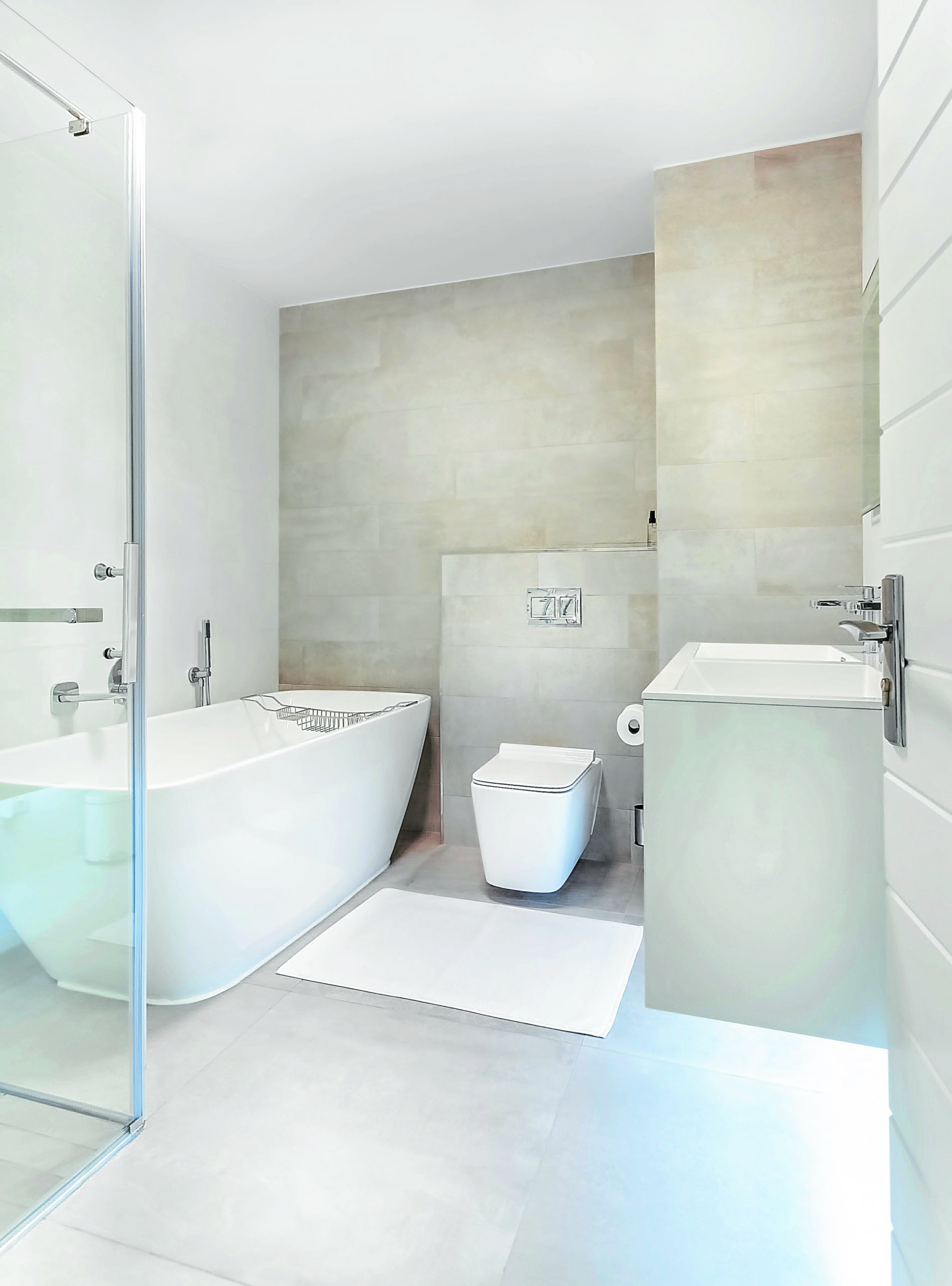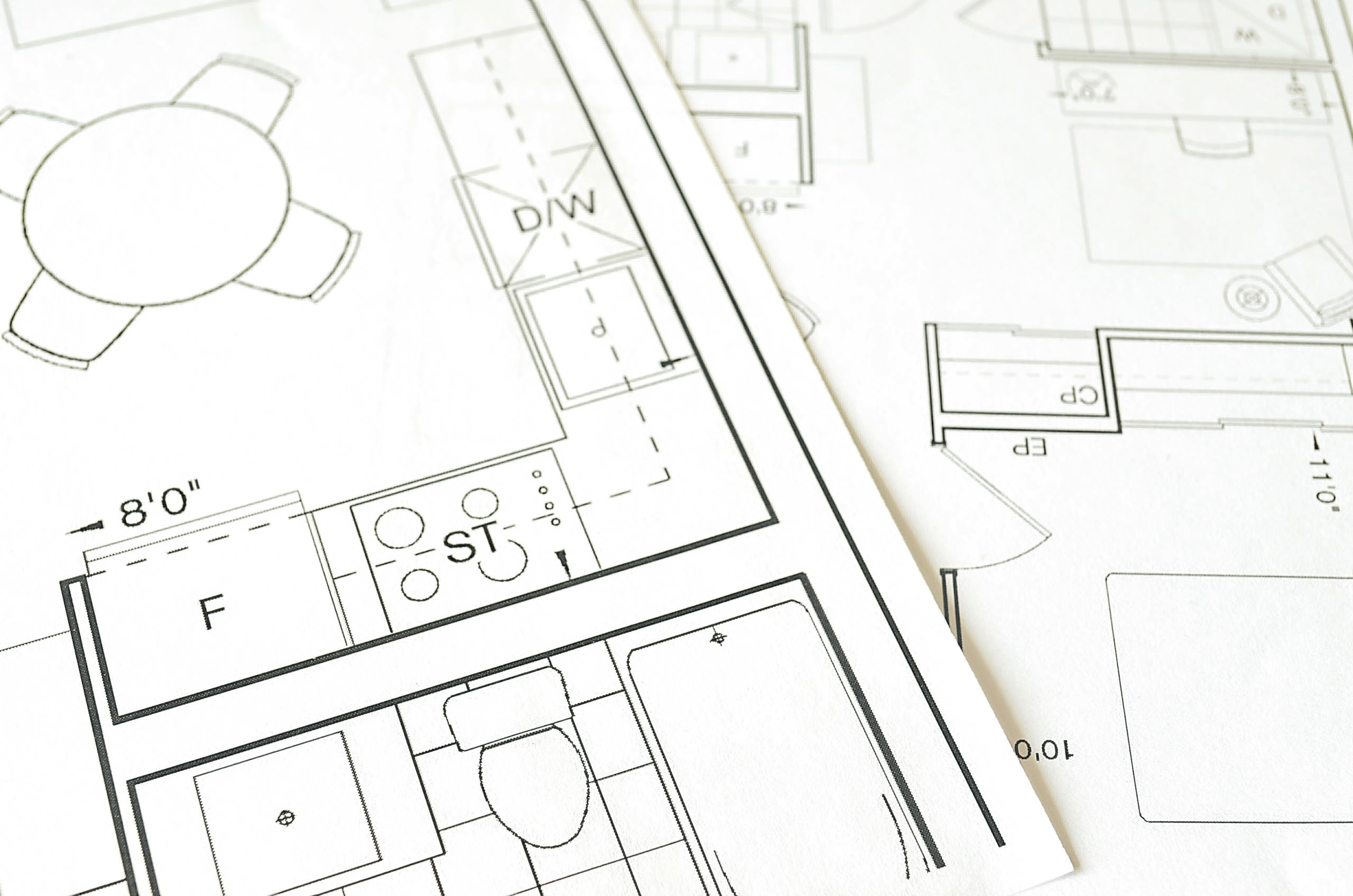The residential buyer checklist: What to inspect before turnover

Bring a contractor, designer and other specialized consultants with you when you inspect your newly built home prior to turnover.
Moving into an ideally-perfect, newly-built home sounds thrilling. However, remember that the adage “don’t judge a book by its cover” also holds true when it comes to real estate.
Prior to the turnover of your home, the builder has to seek for your approval. This is when the final inspection or “punch listing” happens. Through punch listing, the project’s compliance to what was agreed upon is assessed. This can be a crucial step preceding the turnover. Before permanently settling in your soon-to-be home, here are some general and specific guidelines on how you can ace your scheduled punch listing sessions.
What to expect
Punch listing stage is among the final steps prior to the actual turnover of a house. It is important for homeowners to be involved in assessing the quality of their future homes. After all, it isn’t called the final inspection for no reason.
Although homeowners are usually the main protagonist during punch listing sessions, it is advisable to have a contractor or designer with you, assisted by a carpenter, electrician and/or plumber throughout the inspection. While most homeowners are familiar with what to look for in a house, there are instances where technical issues need specialized consultants. You may also have to bring a camera for documentation, a steel or measuring tape to confirm measurements, a copy of the floor plan to check its actual accuracy, and other tools such as a plumb bob, electrical tester or a levelling tool.
Always start from the entryway
To make sure that all areas of the house will be covered, always start with the entryway. These areas usually consist of the gate, driveway, garage floor and the main door. Both the gate and the main door should open and close completely, and if you happen to have an automated one, try operating it using the wall switch and the remote control.
As you approach the entryway, take time to have a good look at the quality of workmanship of exterior finishes. Make sure that all surfaces are correctly and evenly applied. At ground level, make sure that no cracks are present in the driveway, garage floor and patio.

To check your toilet, start flushing then check for leaks at the base, then try sitting on it to see how secure the mounting is.
Proceed to general utilities, installed items
Be extra meticulous when checking the electrical and plumbing utilities of your house.
In the kitchen and bathroom, for example, make sure that all countertops and the front of each cabinet have smooth finishes, free from blemishes and scratches. If you can, try opening each and every cabinet and drawer to see if everything can be easily pulled in and out.
When it comes to plumbing fixtures, run each of them for five minutes to see if they are all working continuously. Take time to trace if there are any water leaks in walls, ceiling or corners. To properly inspect a bathtub and sink stopper, add a couple of inches of water then wait for two to three minutes to see if no leakage will occur at the stopper. For the toilet, start flushing then check for leaks at the base. You can also try sitting on the toilet to see how secure the mounting is.
In terms of electrical work, always start with the main circuit breaker. Make sure that it is located somewhere accessible to all members of the family. Check if all labels coincide with the switches, and consequently, make sure that these switches do work.
Moving into the individual electrical fixtures, make sure that all light fixtures are installed without broken parts. Simply turn on all light switches and fixtures to see if they all work perfectly. For outlets, bring a tester or small appliance like a radio or even a phone charger to see if they work.
Assess quality of finishes
Evaluate if your wall, floor and ceiling finishes match up to your expectations. See if they have achieved your preferred textures, paint or varnish work, and smoothness. In addition, you can also look for visible connections and nail heads along the surface of floors and ceiling moldings. Aside from concrete finishes, it is also important to watch out for cracked, chipped or broken tiles as well as missing grout. If your home has hardwood or sensitive flooring material, you may also want to look for scratch marks.
Doors and windows should easily open or close, with the surface free from warps or imperfections. All openings should also have no air gaps. To test that, light a candle or matchstick near each window. If the flame flickers, then there’s an air gap you need to address. To check air gaps in doors, just make sure that there is no open space along the threshold. Finally, try locking and unlocking each door to make sure that the locks are working.
Managing expectations
Visual appeal holds a great deal of leverage in today’s real estate market. Be a better-informed homebuyer by identifying the similarities and differences between professionally-designed model houses and the actual units. All these would help ensure that you achieve satisfaction from your new home and get your hard-earned money’s worth.
The author manages his own architectural and technology studio helping local and international clients looking for unique and quality design specialties for hotels, condominiums, museums, commercial and mixed-use township developments with a pursuit for the meta-modern in the next Philippine architecture.
Photos by La Miko, Pixabay, Ksenia Chernaya, Curtis Adams and Jean van der Meulen from Pexels




